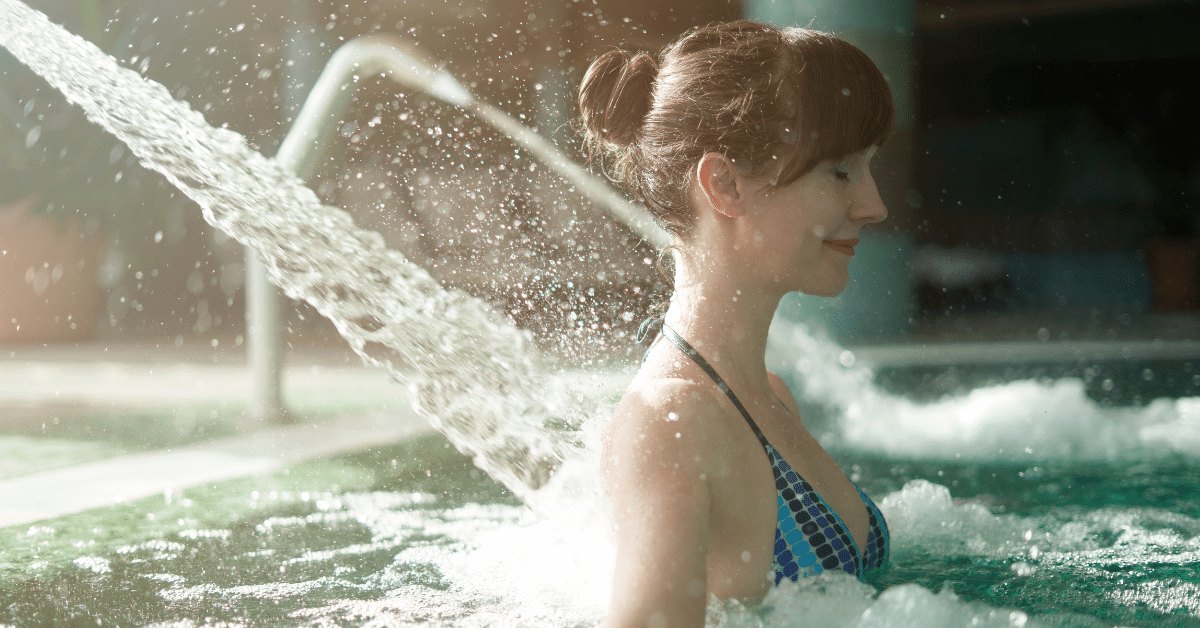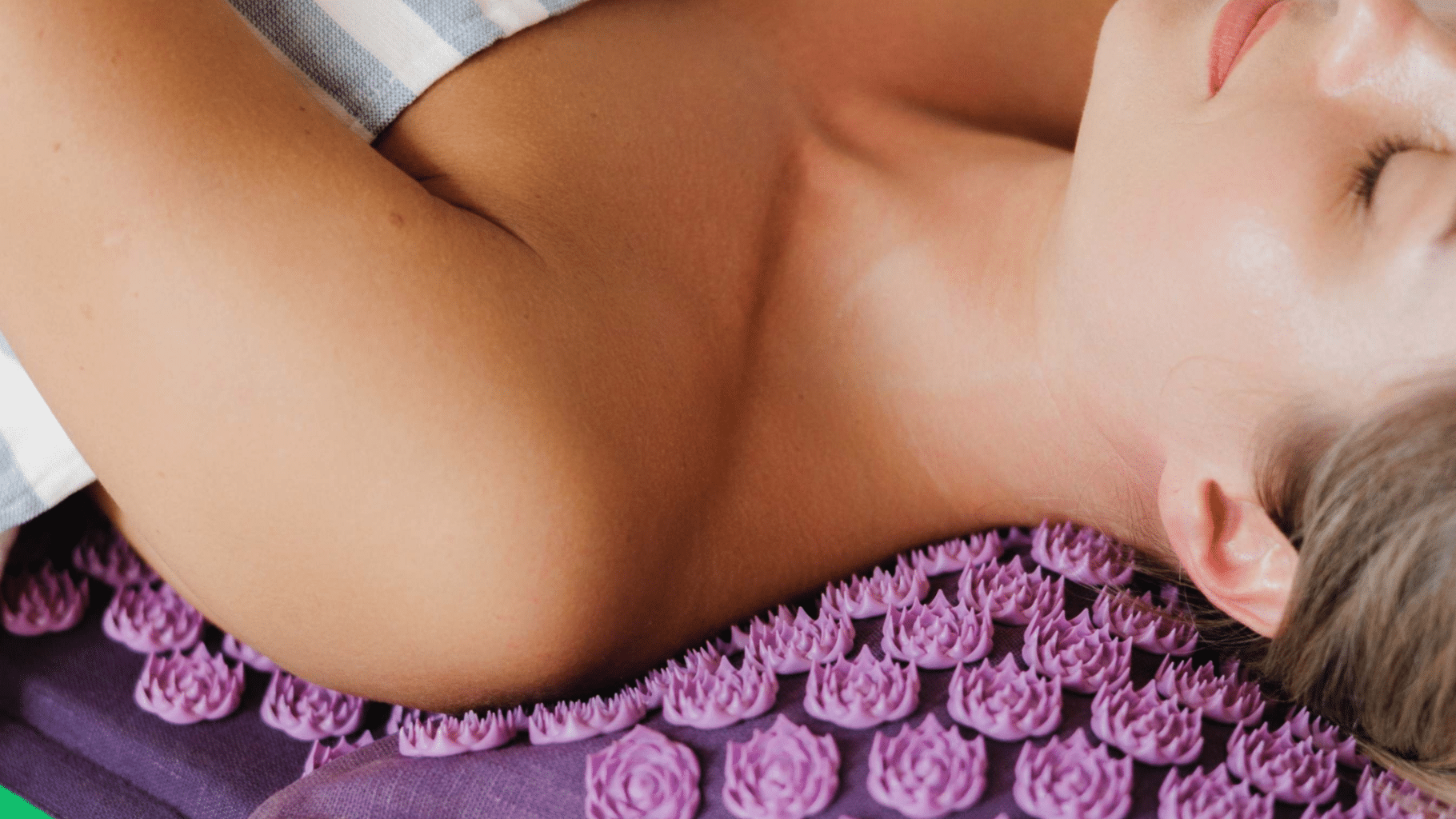Hydrotherapy, once known as water cure, is a therapy that uses water to help with pain and improve health 1. Many people use it for physical and mental health benefits today, and interest in its use is growing as more people discover its effectiveness.
What are the benefits and uses of hydrotherapy?
Hydrotherapy involves water treatments to relieve pain and improve health. It utilizes baths, pools, and showers to enhance physical and mental wellness. Common uses include treating arthritis, reducing stress, and aiding rehabilitation. Hydrotherapy facilities can be found at spas, clinics, and hospitals.
This blog is part of a series on “relaxation techniques.” The next blog is about mindfulness meditation.
Key Insights into Hydrotherapy and Its Benefits
- Definition: Hydrotherapy, or aquatic therapy, utilizes water for therapeutic purposes.
- Health Benefits: Includes improving circulation, reducing pain, and aiding rehabilitation.
- Techniques: Ranges from warm water baths and cold plunges to steam saunas and aquatic exercises.
- Applications: Effective for arthritis, back pain, muscle recovery, and stress relief.
- Settings: Available in spas, physical therapy facilities, and specialized hydrotherapy centers.
- Tools: Uses pools, tubs, and customized equipment to address specific health needs.
Hydrotherapy as a Modern Pain Relief Solution
Hydrotherapy uses water to soothe aches and pains, acting like a warm embrace from Mother Nature herself. This therapy, especially beneficial in treating conditions like arthritis, involves techniques such as warm water baths and ice packs.
The contrast between hot and cold water can dramatically increase blood flow and reduce inflammation, offering relief from joint pain.

For those with arthritis, regular sessions in a hydrotherapy pool can lead to significant improvements. Water’s buoyancy reduces joint strain, allowing for easier movements and exercise. Additionally, warm water helps to relax muscles and increase circulation, which is critical in managing pain and stiffness associated with arthritis.
Hydrotherapy is effective not just for arthritis but also in managing back pain and other chronic conditions. Hydrotherapy is a multifunctional treatment that supports overall physical health by utilizing immersion in warm water and targeted aquatic exercises. It’s like hitting the refresh button on your body’s pain management system.
Exploring the Mental Health Benefits of Aquatic Therapy
Aquatic therapy, a specialized segment of hydrotherapy, does more than relieve physical pain—it’s also a champion for mental health. Water’s calming properties contribute to stress reduction and can elevate mood. Think of it as a spa day for your psyche, where every session helps to wash away anxiety.
Engaging in regular hydrotherapy sessions, particularly those involving gentle water exercises in warm pools, has been shown to help alleviate symptoms of depression and anxiety. Water’s rhythmic motions and sound can be meditative, naturally boosting one’s emotional state.
This therapy isn’t just soothing; it’s scientifically backed to promote relaxation and improve sleep patterns. By combining the physical benefits of water with relaxation techniques, hydrotherapy helps forge a path to better mental wellness, making it a full-circle approach to health care. Imagine the tranquility of floating in warm water, letting the tension drift away.
Types of Hydrotherapy: From Aquatic Exercises to Saunas
Diving deeper into the types of hydrotherapy, we find a variety of practices ranging from aquatic exercises in pools to relaxing sessions in steamy saunas. Each type caters to different health needs and preferences, proving hydrotherapy’s versatility. Aquatic therapy might involve water aerobics, while balneotherapy could mean soaking in mineral-rich spa waters.
Including saunas as a form of hydrotherapy showcases the therapy’s adaptability. Hot steam saunas enhance detoxification and promote blood flow, like a natural reboot for your body’s systems. Meanwhile, water aerobics provides a low-impact exercise that’s gentle yet effective for improving cardiovascular health.
| Technique | Primary Use | Key Benefits |
|---|---|---|
| Warm Water Baths | Pain relief, relaxation | Reduces joint stiffness, soothes muscles |
| Cold Water Immersion | Inflammation reduction, recovery | Decreases swelling, speeds up muscle recovery |
| Aquatic Exercises | Mobility enhancement, rehabilitation | Improves strength, enhances flexibility |
| Steam Saunas | Detoxification, relaxation | Promotes blood flow, aids in detox |
| Mineral-rich Spa Soaks | Skin health, mineral absorption | Nourishes skin, absorbs essential minerals |
Whether it’s a serene float in a hydrotherapy tub or a dynamic session of deep water running, these various forms of hydrotherapy ensure that everyone’s needs are met. It’s not just about getting wet; it’s about getting well.
The Role of Hydrotherapy in Comprehensive Wellness Programs
Hydrotherapy isn’t just a standalone treatment; it’s increasingly being integrated into comprehensive wellness programs. Its ability to address physical and mental health issues gives it a holistic approach to health care.
By incorporating hydrotherapy into a broader health regimen, individuals can enjoy the full spectrum of its benefits. Hydrotherapy is a cornerstone of modern health practices, from speeding up recovery after sports injuries to managing chronic diseases.
With the growing evidence supporting its benefits, hydrotherapy is becoming more recognized as a key element in preventive health care and rehabilitation. It’s a versatile therapy that adapts to the needs of different individuals, proving that sometimes, the most effective medicine flows like water.
Personal Thoughts
In my quest to manage chronic stress, hydrotherapy became a vital part of my routine. The calming effects of water significantly lowered my stress, offering me a peaceful escape from the demands of my career and personal life.
This practice helped me relax and provided a scientific approach to measuring its benefits on my health. Hydrotherapy proved to be an effective tool for managing stress, reinforcing the power of simple, natural remedies.
Frequently Asked Questions
What exactly is hydrotherapy, and how does it work?
Hydrotherapy, or aquatic therapy, involves water for pain relief and overall health improvement. It employs different forms, such as showers, baths, and pools, utilizing water’s physical properties like temperature and pressure to enhance healing and rehabilitation.
What are the main benefits of hydrotherapy?
Hydrotherapy offers numerous health benefits, including relieving muscle and joint pain, aiding rehabilitation, improving circulation, and reducing stress. It’s particularly effective for arthritis, back pain, and post-surgical recovery. Warm water baths and aquatic exercises can significantly improve flexibility and strength.
What types of hydrotherapy treatments are available?
Various forms of hydrotherapy include whirlpool baths, underwater massage, thermal baths, cold water immersion, and aquatic exercise. Each type targets different needs, from relaxation and soothing sore muscles to enhancing mobility and treating specific medical conditions.
How safe is hydrotherapy, and what are the potential risks?
Hydrotherapy is generally safe for most people when performed under professional guidance. However, it may not be suitable for individuals with certain health conditions, such as severe heart problems, infections, or open wounds. Always consult a healthcare provider before starting hydrotherapy, especially if you have health concerns.
Where can one find hydrotherapy facilities?
Hydrotherapy facilities are common in hospitals, physical therapy clinics, spas, and some fitness centers. Many offer specialized pools, tubs, and equipment designed for therapeutic water exercises and treatments, catering to various health needs and personal preferences.




